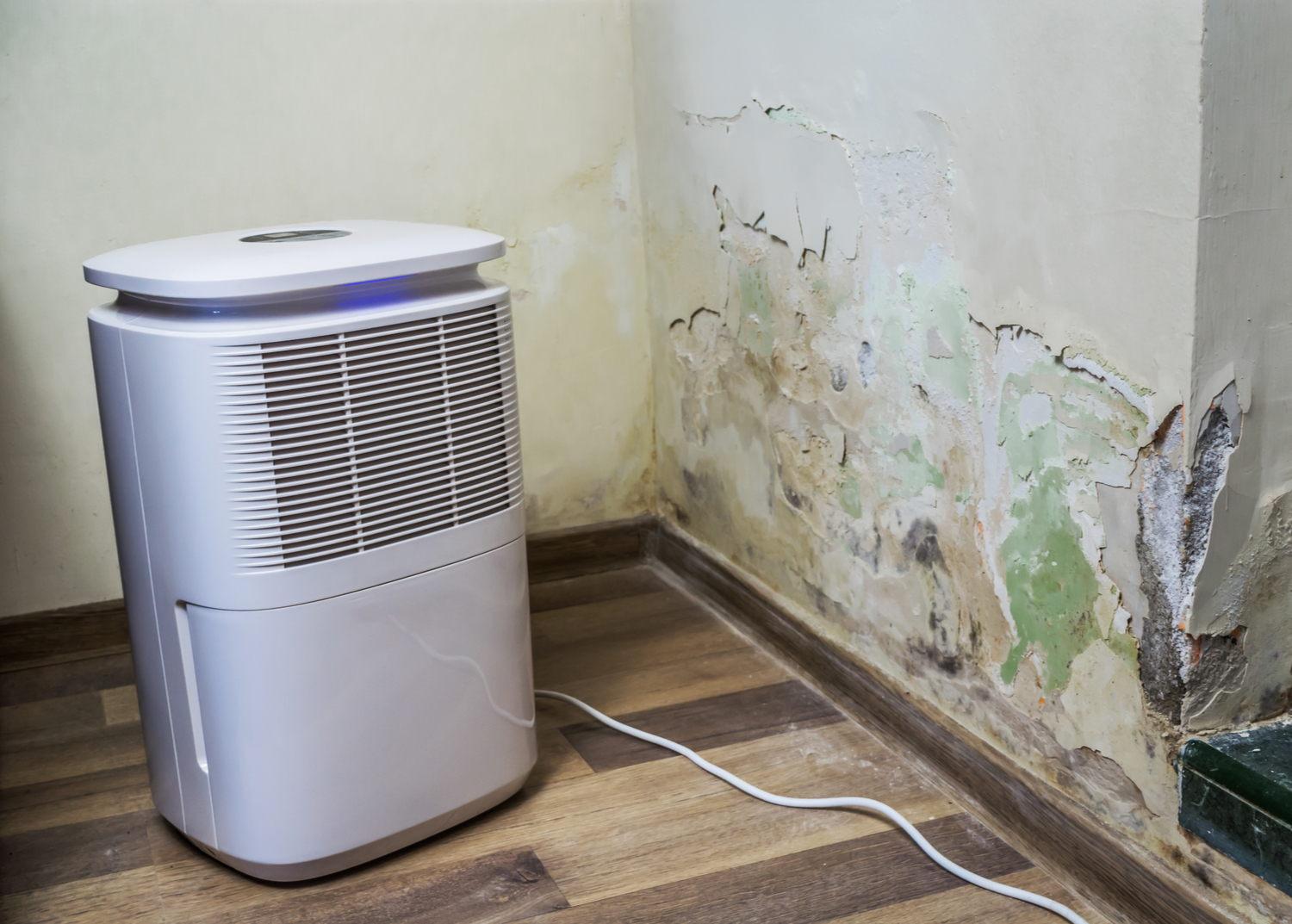- Empty cart.
- Continue Shopping
How to Choose the Right Dehumidifier for Mold Prevention

Mold growth in homes can be a persistent problem, leading to a range of health issues and structural damage. One effective tool for mold prevention is a dehumidifier, which helps maintain optimal humidity levels in indoor spaces.
Understanding the Basics
1. Ideal Humidity Levels
The Environmental Protection Agency (EPA) recommends maintaining indoor humidity levels between 30% to 50%. This range inhibits mold growth, as mold thrives in moist environments.
2. Dehumidifier Capacity
Dehumidifiers are rated based on their ability to remove moisture in pints per day (PPD). Larger spaces or areas with severe moisture issues will require a higher-capacity unit.
Factors to Consider
1. Room Size and Coverage
Measure the square footage of the area where you intend to use the dehumidifier. Choose a unit with an appropriate PPD capacity to adequately cover the space.
2. Type of Dehumidifier
There are two main types of dehumidifiers: refrigerant and desiccant. Refrigerant dehumidifiers are more common and suitable for warmer temperatures, while desiccant dehumidifiers work well in cooler environments.
3. Drainage Options
Consider how you want to handle the collected moisture. Dehumidifiers offer options for manual emptying, continuous drainage through a hose, or utilizing a built-in pump for vertical drainage.
4. Portability and Placement
If you plan to move the dehumidifier between rooms, consider its weight and whether it has caster wheels for easy mobility. Additionally, choose a location where air circulation is sufficient for the dehumidifier to operate effectively.
5. Energy Efficiency
Look for units with an Energy Star certification. These models meet strict energy efficiency guidelines, which can lead to lower operating costs over time.
6. Noise Level
Consider where you plan to place the dehumidifier. If it will be in a living area or bedroom, opt for a quieter model to avoid disruption.
7. Additional Features
Some dehumidifiers come with extra features like digital displays, programmable settings, and humidity sensors. These can enhance convenience and customization of operation.
Maintenance and Care
1. Regular Cleaning
Follow the manufacturer’s guidelines for cleaning and maintenance. This may include emptying the water tank, cleaning filters, and wiping down surfaces.
2. Filter Replacement
Check and replace filters as recommended to maintain optimal performance and air quality.
3. Monitor Humidity Levels
Use a hygrometer to monitor humidity levels and adjust the dehumidifier settings as needed.
In conclusion, choosing the right dehumidifier is a crucial step in mold prevention and maintaining a healthy indoor environment. By considering factors like room size, type of dehumidifier, drainage options, and energy efficiency, you can select a unit that effectively controls humidity levels. Regular maintenance and monitoring will ensure the dehumidifier continues to operate efficiently over time, providing you with peace of mind and a mold-free living space.








